
The Cévennes National Park is one of France's 11 national parks. Spanning the Lozère, Gard and Ardèche departments, it boasts picturesque communes, a remarkable heritage and a variety of landscapes to explore along its countless trails. Reliefs, cliffs, peat bogs, steppe lawns and moors, the Cévennes National Park is a hiker's delight. And just so you know, this natural gem has been officially designated an International Dark Sky Reserve since 2018! Here are the 13 not-to-be-missed highlights of this wonderful territory.
1. The chaos of Nîmes-le-Vieux
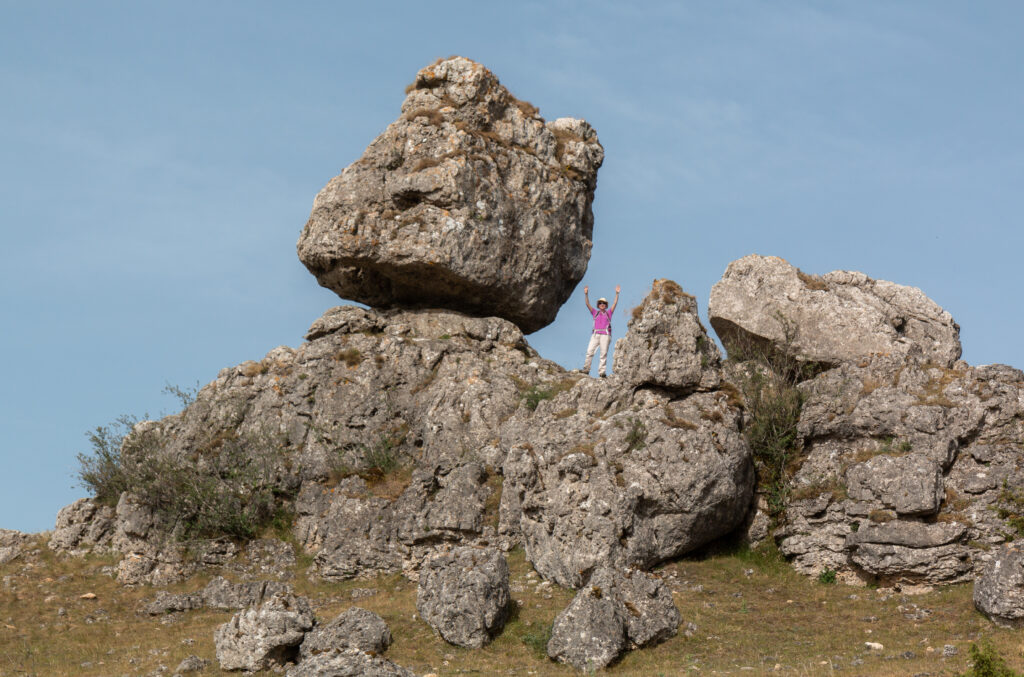
Located on the Causse Méjean plateau, the chaos of Nîmes-le-Vieux is accessible via the Col du Perjuret between Florac and Meyrueis. Created by the erosion of dolomite, this fabulous ruin-like site reveals rocks proudly clinging to the ground, while others rise up and take on astonishing shapes. A land of many tales and legends. Try to recognize the lion, the tortoise or Gargantua's cooking pot. The chaos of Nîmes-le-vieux can be discovered along a 4.5 km path. One of the Cévennes National Park's best places to photograph from every angle.
2. The town of Florac
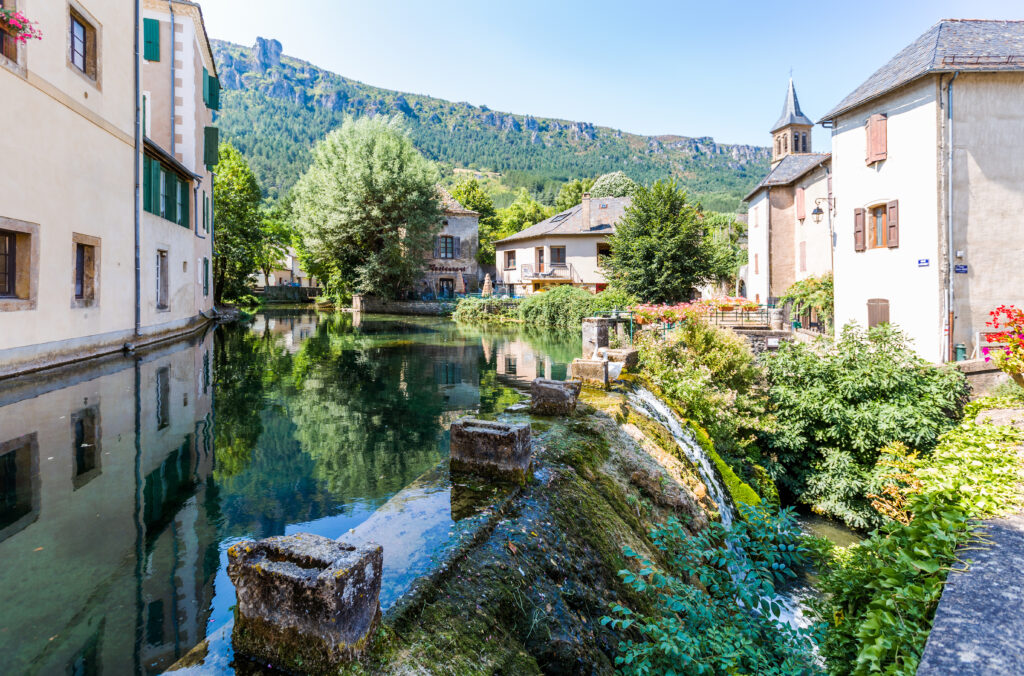
Florac, the capital of the Cévennes National Park, is surrounded by majestic natural beauty. The small town invites you to stroll along its quays to listen to the sound of the water, wander through its narrow streets to observe its heritage, discover its covered passageways and stop off at its squares for a drink or lunch. The town is alive with stores selling local specialities. And the Thursday market is a must for sampling local produce. You should also take advantage of your stay in Florac to visit the Source du Pêcher, which gushes out of a large rocky scree at the foot of the town.
3. The Bramabiau abyss
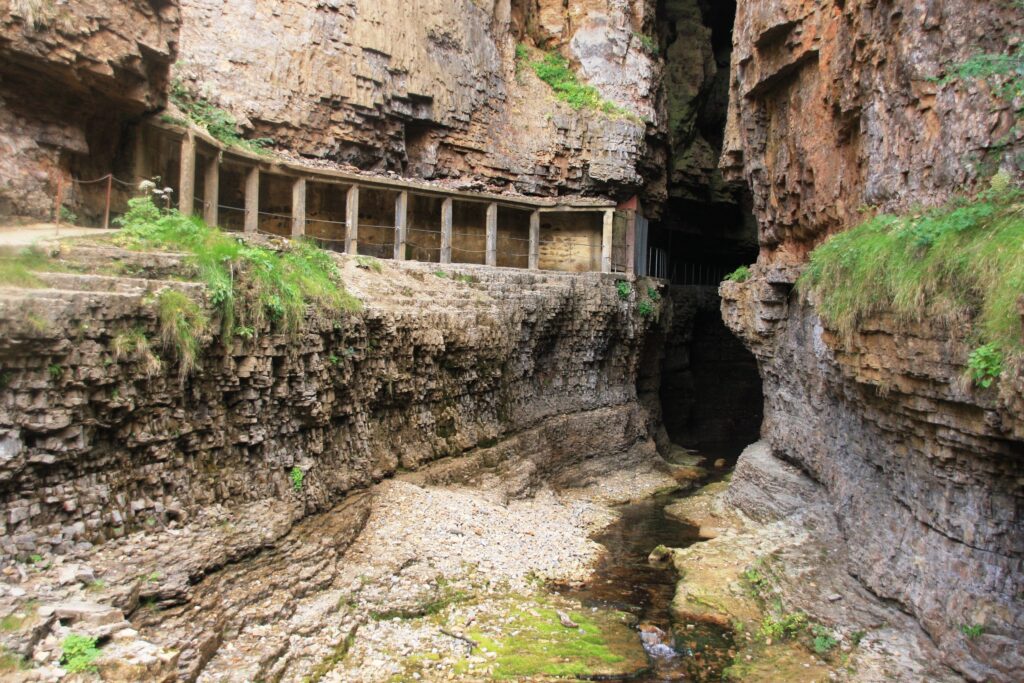
Nestled between the Gorges du Tarn and Mont Aigoual, theAbîme de Bramabiau is a natural wonder in the Cévennes National Park. Visitors are invited to follow the Bonheur underground river along a one-kilometre trail. They discover the bowels of the limestone rock, sculpted by water, before reaching the river which emerges from a fault to form a magnificent waterfall. As well as the beauty of this natural site, it's worth taking the time to listen. The name Bramabiau comes from the Occitan "brame de bœuf", as the gushing water emits a sound reminiscent of a bovine moo.
4. Mont Aigoual observatory
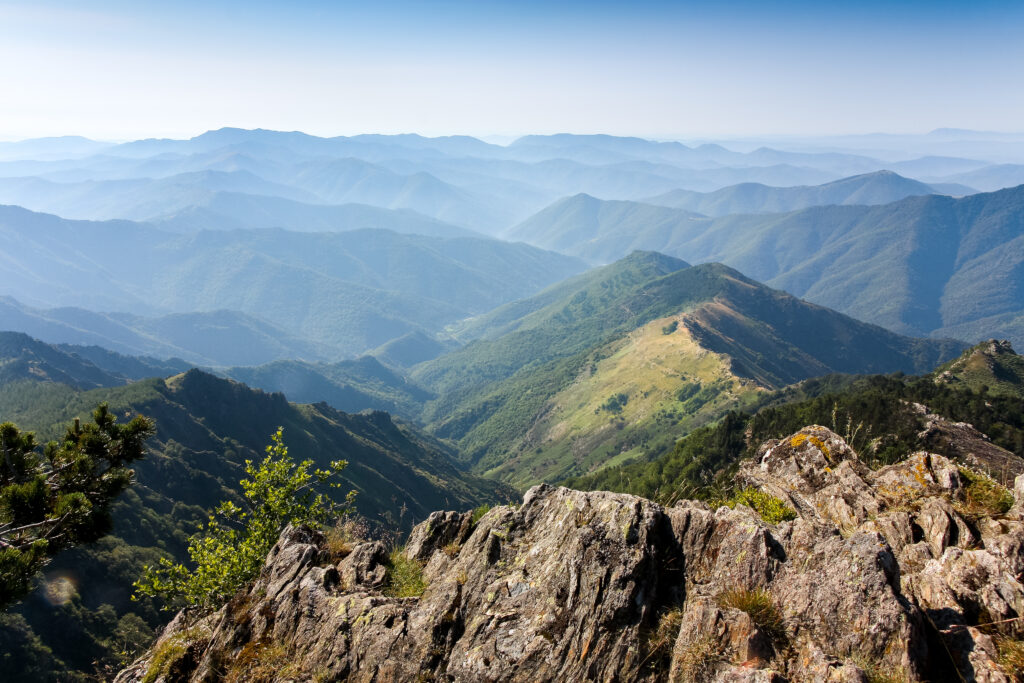
TheMont Aigoual observatory stands on the highest point in the Gard region, at an altitude of 1,567m. It's a must-see in the department. It is housed in an elegant, fortress-like 19th-century building. Inside, you'll find a vast exhibition space that raises questions about the climate and its changes, the role of human activities and the solutions that can be put in place to limit the impact. At the top of a tower, the Mont Aigoual observatory reveals a sublime panorama which, on a clear day, stretches from the Alps to the Pyrenees, and from the Puy de Sancy to the Mediterranean.
5. Aven Armand, a must-see in the Cévennes National Park

The Cévennes National Park is home to some incredible sites, even underground. After taking a funicular, visitors are always amazed to discover Aven Armand, one of the most beautiful caves in the world and a must-see in Lozère. Here you can admire a forest of 400 stalagmites, including Europe's largest stalagmite, measuring 30 m in length. Mineral vegetation in magical, poetic shapes. 100 metres underground, illuminations highlight these buried treasures. Several types of visit are possible, in caving mode or immersing yourself in the imaginary world of Jules Verne.
6. Tarn and Jonte gorges
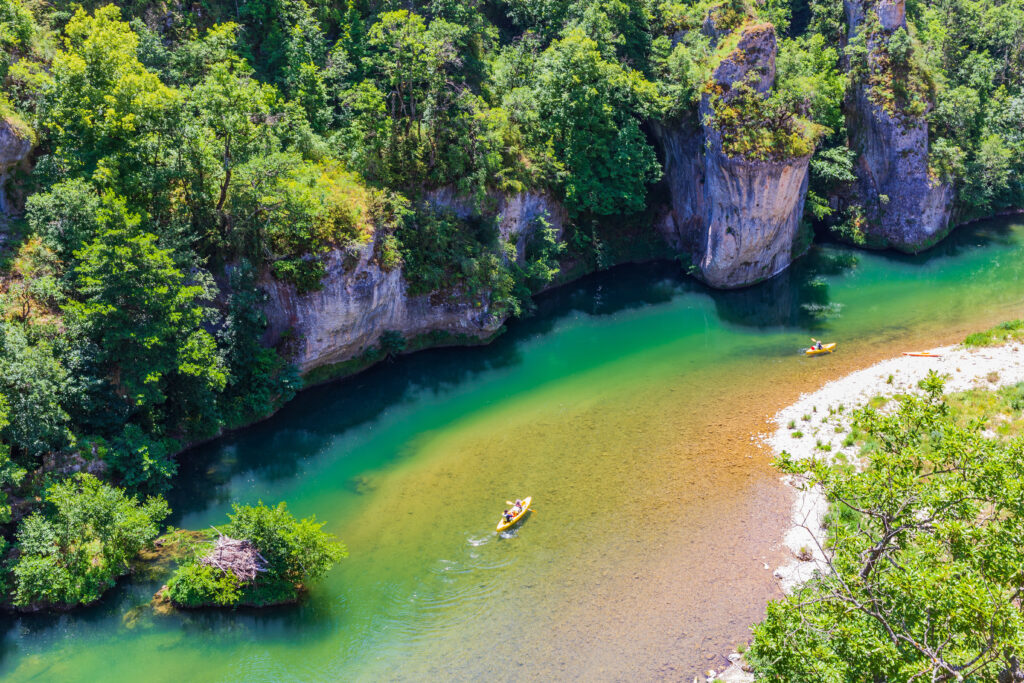
Back on land to enjoy more of nature's wonders in the Tarn and Jonte gorges. These canyons carved out by the river offer breathtaking views of opal-colored streams running alongside sheer cliffs and thick forests. A delight for outdoor enthusiasts. Hiking, biking, kayaking on the river- the choice is yours. A traditional boat trip down the gorges is another must-do in the Tarn.
7. Castanet castle
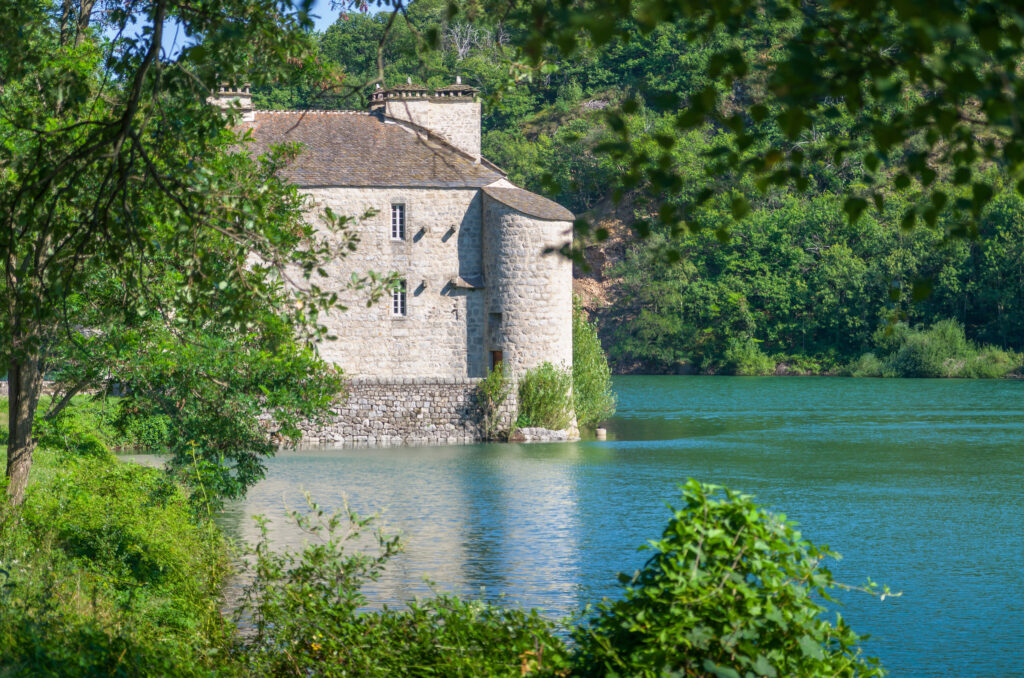
Château de Castanet sits on the edge of a lake. This 16th-century manor house is dominated by rolling green countryside. It's one of Lozère's finest heritage buildings, with its defensive appearance and slate roof. The pleasant surroundings are ideal for rejuvenating walks between stone and nature. The château regularly hosts art exhibitions and events in summer. During the summer months, you can also take advantage of a visit to the nearby guinguettes.
8. Finiels summit
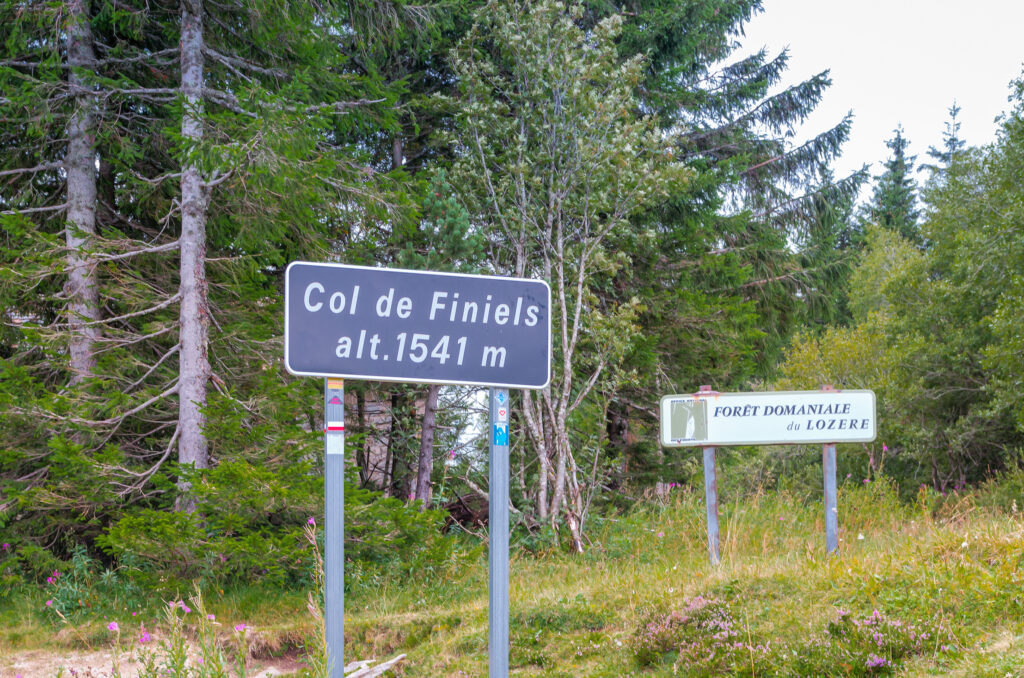
The summit of Finiels, the highest point of Mont Lozère in the Cévennes National Park, offers an unforgettable 9 km hike. The trail winds through a variety of landscapes, with high-altitude meadows, fir forests and granite-studded moors. The climb is accessible to hikers of all abilities. Once you reach the summit, at an altitude of 1,699 metres, you'll enjoy a spectacular 360-degree view, embracing the Cévennes, Mont Aigoual and even the Alps and the Mediterranean on a clear day. A total immersion in the wild, unspoilt beauty of the region.
9. The hamlet of Villaret
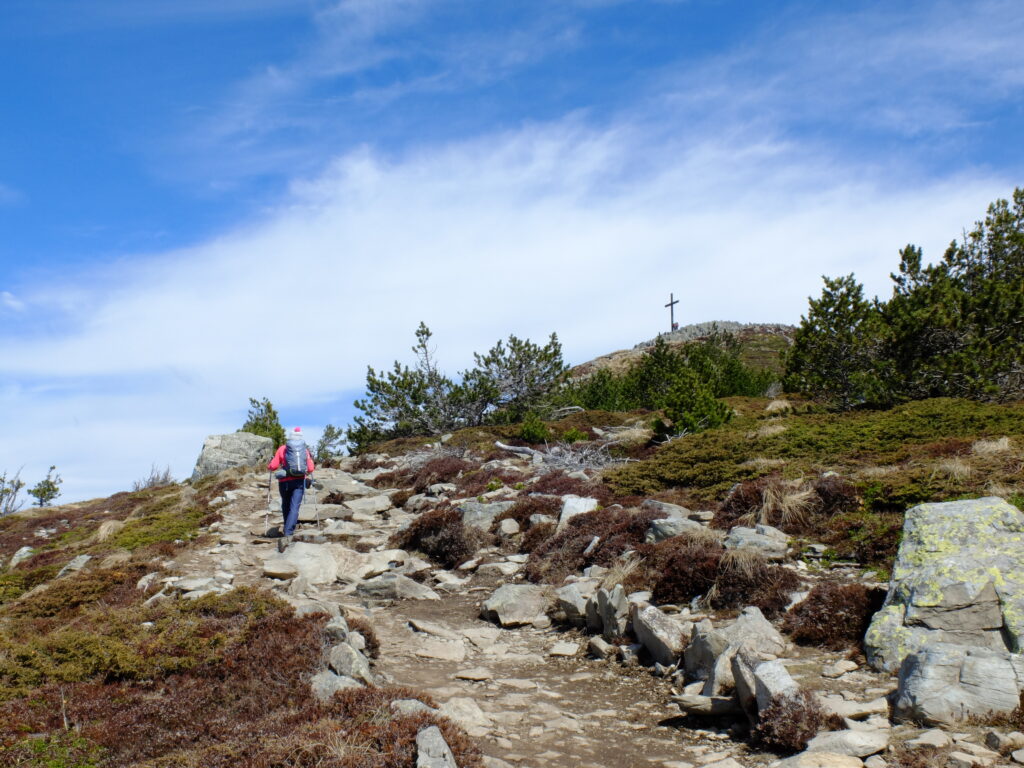
Le Villaret is a typical Causse hamlet. Located in the Causse Méjean, visitors will discover limestone houses and a charming little church. This bastion is a perfect testimony to the agropastoralism practiced on the Causse Méjean since Neolithic times. Here you can see the essential elements of the dwellings: the vegetable garden, the threshing floor, the bread oven and the cistern. A visit to Le Villaret is also an opportunity to venture out into the beautiful surrounding countryside, crossing lush green meadows shaped by the presence of sheep and shepherds.
10. La Cocalière cave, one of the most beautiful spots in the Cévennes National Park
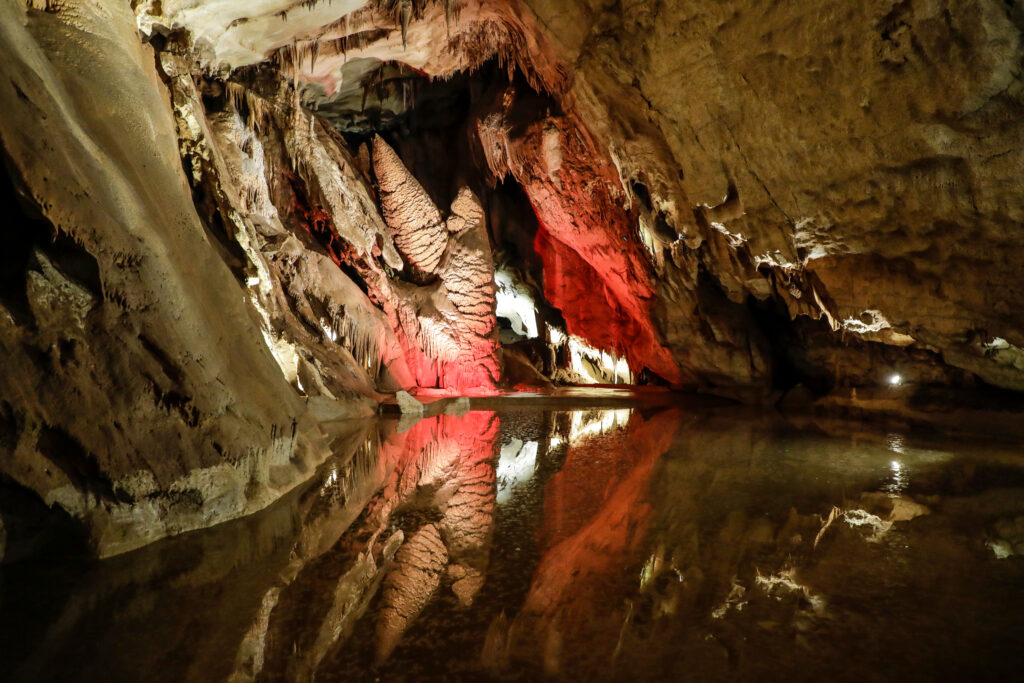
La Cocalière is another magnificent cave in the Cévennes National Park. A visit here will reveal stalagmites and stalactites of various shapes and sizes, as well as circular concretions that defy the laws of gravity. It's interesting to note that the Cocalière cave is still in formation and continues to evolve. This is one of the reasons why it is of particular interest to speleologists and scientists. The guided tour attracts the attention of parents and children alike. A visit not to be missed on a family vacation in Occitanie. The temperature inside the cave is around 14°C, so it's advisable to bring a little wool, even in summer.
11. The mausoleum at Lanuéjols
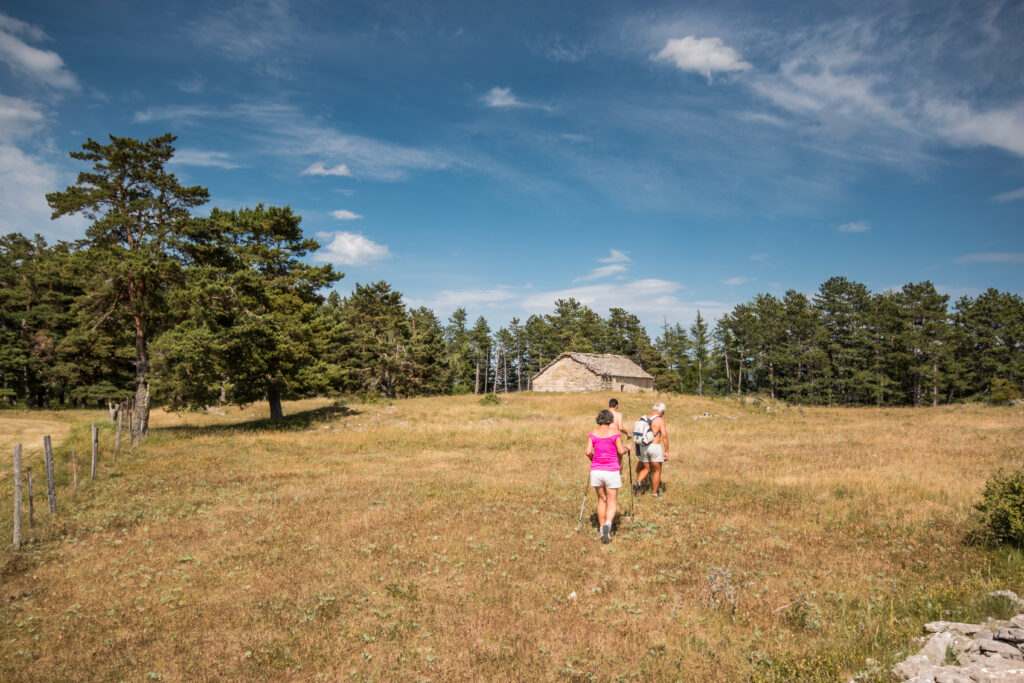
The Roman tomb at Lanuéjols dates back to the 3rd century and was erected in memory of Lucius Pomponius Bassulus and Lucius Pomponius Balbinus by their parents, probably of Syrian origin. The monument is square in plan and flanked by three niches. The four corners are decorated with Corinthian pilasters. The mausoleum is well worth a visit. As well as being one of the best-preserved in France, it lies at the heart of a charming village, and a menhir dating from around 4000 BC is nearby.
12. Musée des vallées cévenoles

Also known as the Maison Rouge, this museum features rich historical, ethnographic and folk art and tradition collections on the rural and traditional society of the Cévennes. They cover a period from the 17th to the 20th century. In particular, you'll learn a great deal about silk spinning. The Musée des vallées cévenoles also features some very interesting temporary exhibitions. Like the permanent exhibition, they focus on the tangible and intangible heritage of the Cévennes region and its people.
13. The Stevenson Trail, an emblematic path in the Cévennes
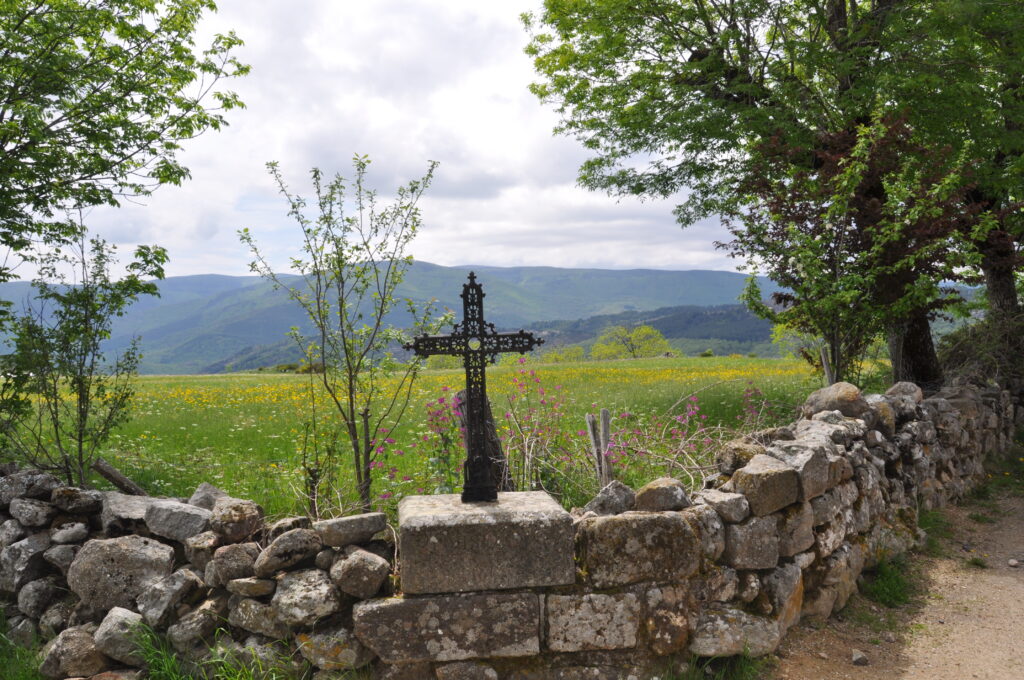
The Chemin de Stevenson, also known as the GR 70, is an emblematic trail that runs from the Haute-Loire through the Cévennes. It owes its name to the Scottish writer Robert Louis Stevenson, who walked it in 1878, accompanied by his donkey Modestine. It is entirely possible to hike only certain sections. The hike is a total immersion in Stevenson's world, combining adventure, discovery and contemplation of the beautiful Cévennes landscapes. To make the journey even more magical, we recommend hiking with Stevenson's book "Voyage avec un âne dans les Cévennes" in hand!
See also our article Chemin de St Jacques de Compostelle : 12 conseils pour le réussir (in French only) and Les 10 plus beaux sentiers de grande randonnée à faire en France(in French only).
What are the best villages to visit in the Cévennes?
A trip to the Cévennes includes stops at some of its most beautiful villages. At the gateway to the National Park, Anduze nestles at the foot of two hills. It is home to a remarkable heritage and offers beautiful walks along the banks of the Gardon river. The medieval hilltop village of Vézénobres is home to some very fine stone buildings. Strolling through its streets reveals breathtaking views of the Cévennes, the Gardon plain, the garrigue, Mont Lozère and Mont Bouquet. Another favorite is Saint-Jean-du-Gard, with its castle, old bridge and clock tower. Finally, clinging to the slopes of Mont Aigoual, Dourbies is a 100% Cévénol village. Its scattered hamlets, pretty houses and natural surroundings invite you to go on endless hikes.
If you've fallen in love with the villages of the Cévennes, you're sure to love the most beautiful villages in the Ardèche! Discover them in the summer months at one of the department's best campsites.
What to do in 3 days in the Cévennes?
A 3-day trip to the Cévennes can start with a visit to the chaos of Nîmes-le-Vieux, a singular landscape rich in legends. Then it's on to Florac, where you'll spend the night. Part of the afternoon is given over to a tour of the town, a session of local shopping in the boutiques, before escaping into the surrounding countryside. The next morning is devoted to a visit to Aven Armand. Here, stalagmites form a veritable natural cathedral. Then it's on to the hamlet of Le Villaret, a marvellous example of agro-pastoralism. We drive on to spend the third day in the Tarn gorges. One of the best ways to discover this natural gem is by canoe.
If you're tempted, take a look at our train fares and book now!


